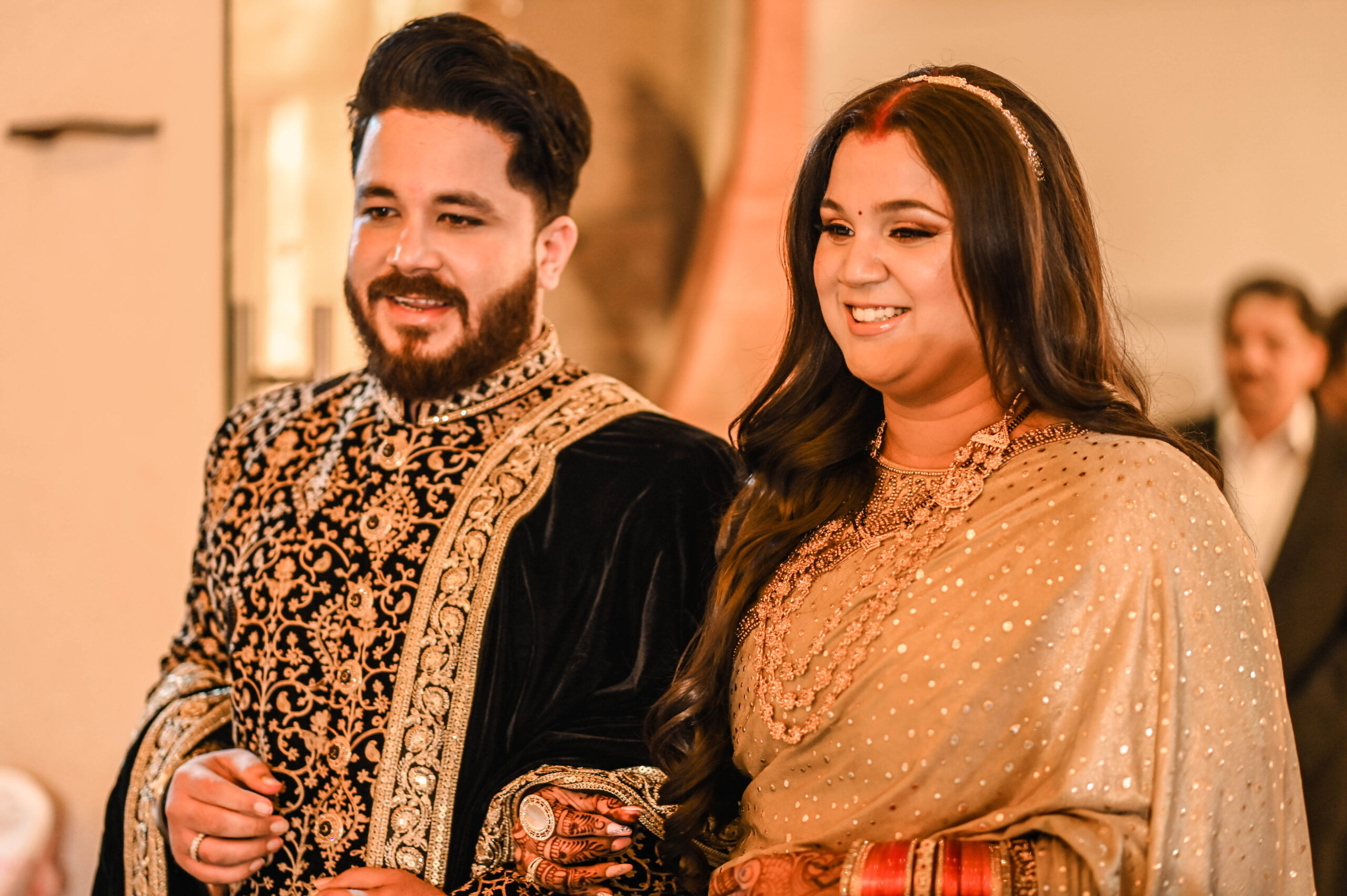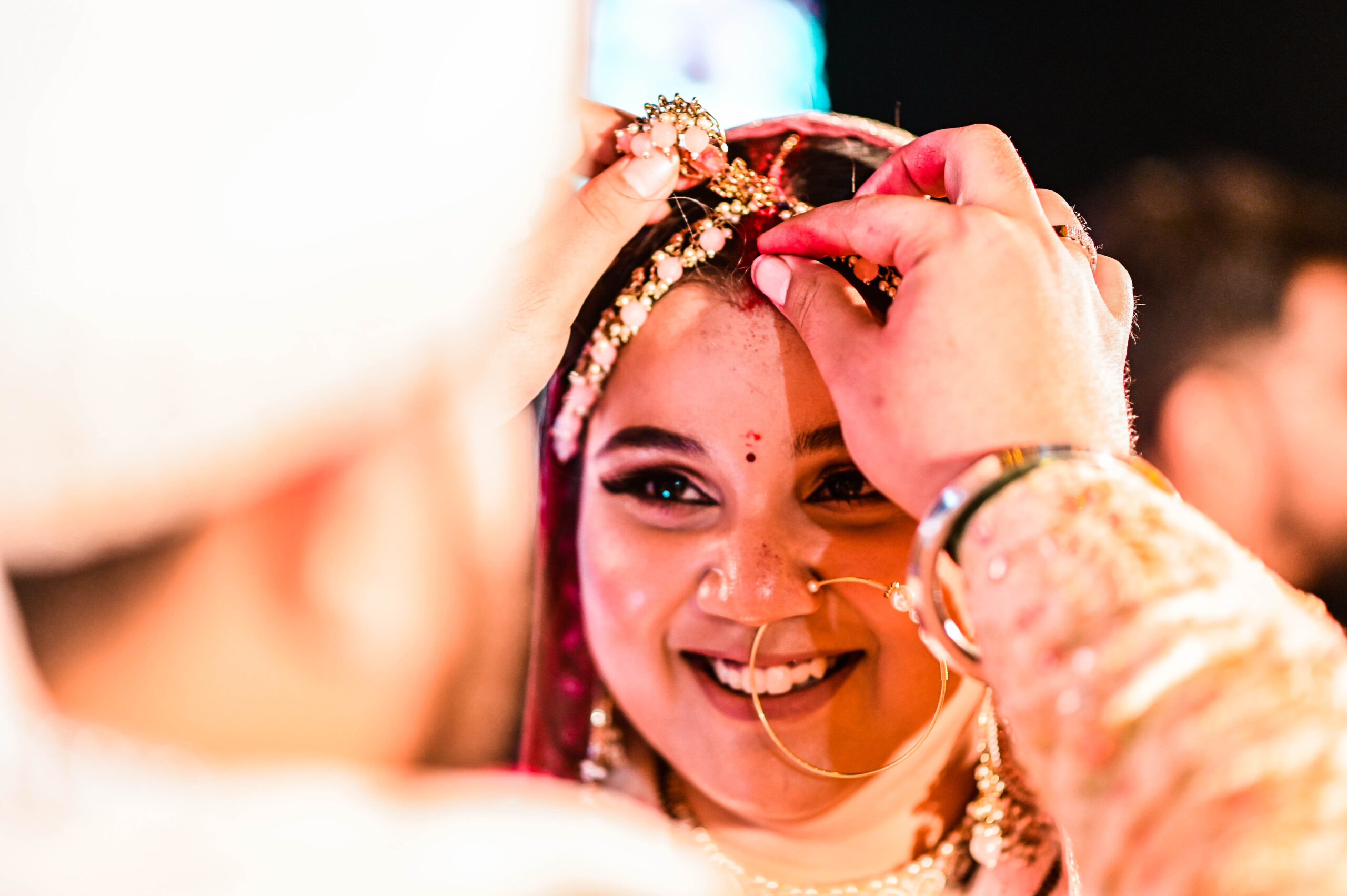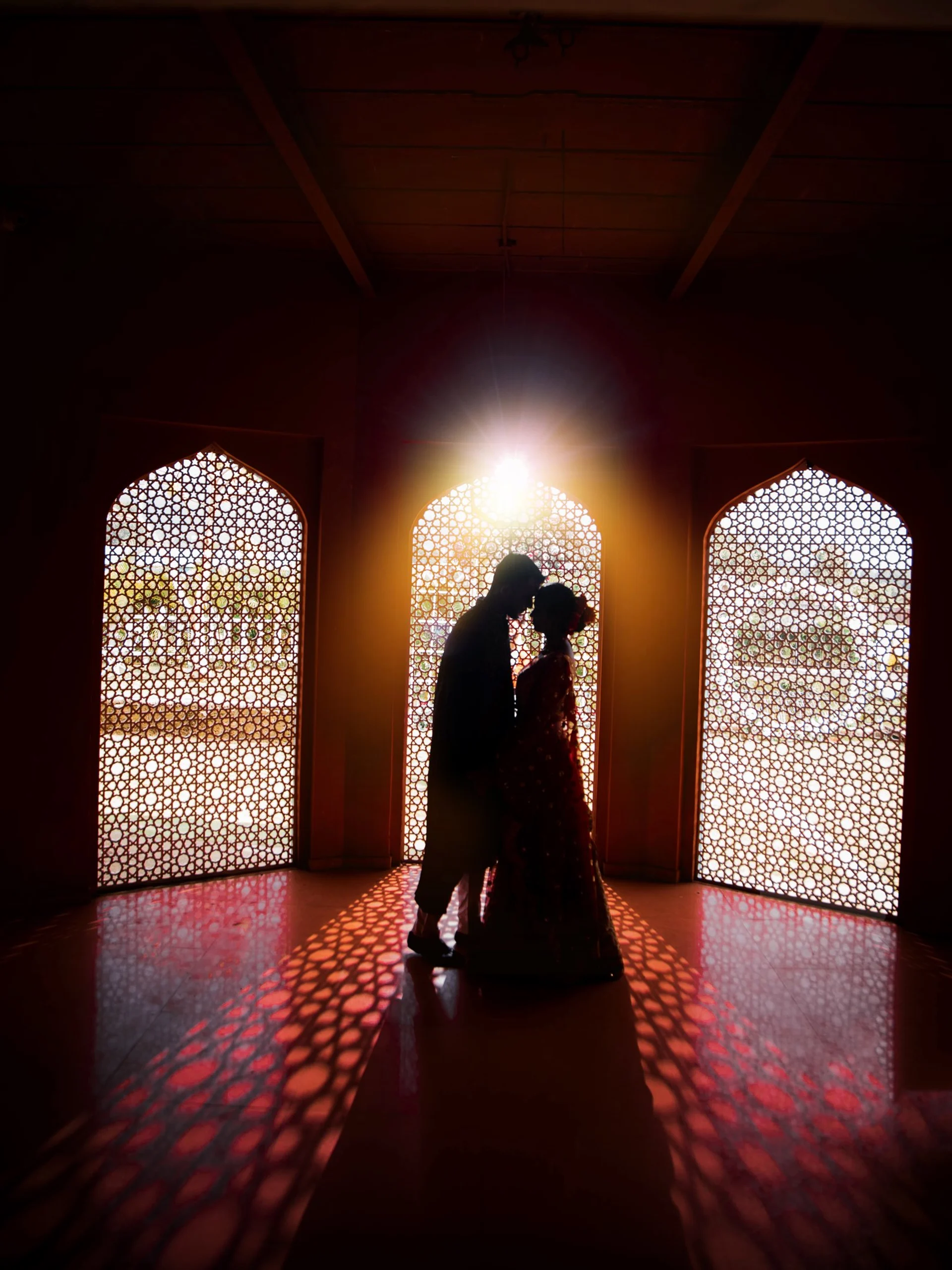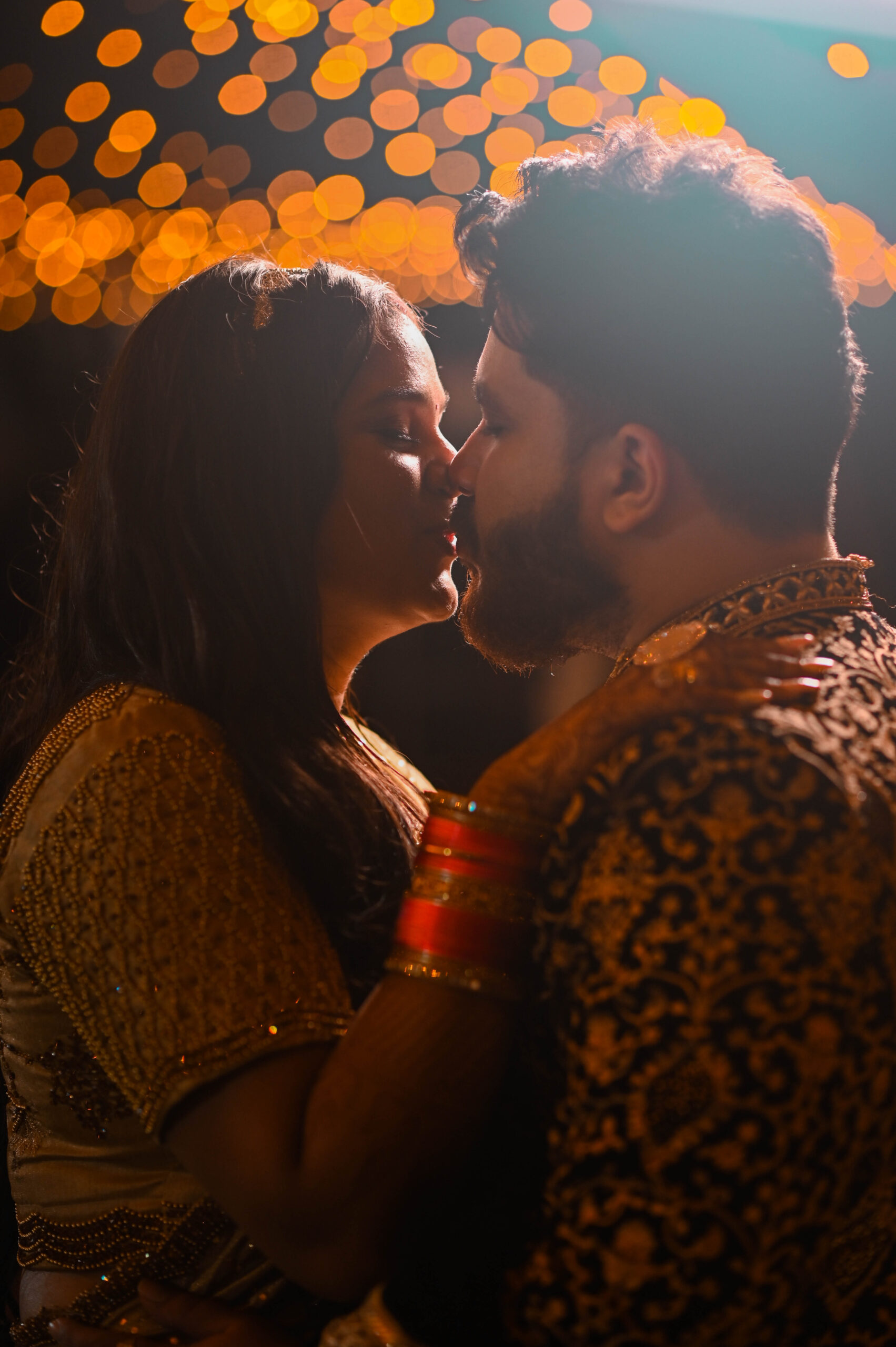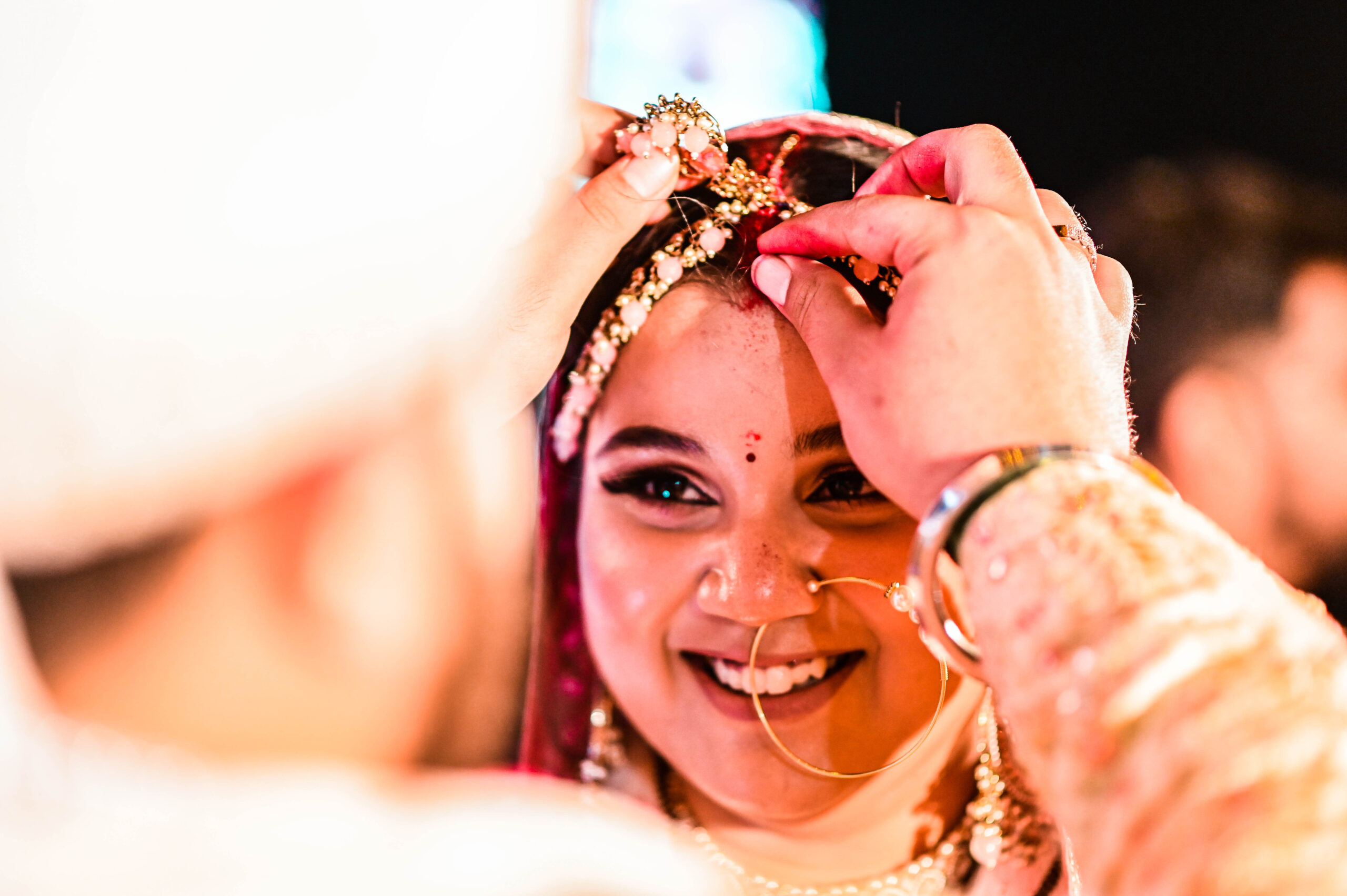wedding photography is more than just capturing images; it is about preserving memories that hold emotional and historical significance for generations. The importance of wedding photography lies in its ability to freeze time and document one of the most meaningful days in a couple’s life. This article delves into the significance of wedding photography as a medium for preserving memories, exploring its history, styles, challenges, emotional impact, and how it shapes the legacy of a couple’s love story.
The Role of wedding photography in Preserving Memories
Wedding days are a whirlwind of emotions and events, where fleeting moments often go unnoticed. wedding photography steps in to ensure that these moments are preserved for eternity. From the joy on the bride’s face as she walks down the aisle to the laughter shared among friends, wedding photography captures the essence of the day in ways that words cannot.
Photographs serve as a visual diary, allowing couples to revisit their special day whenever they desire. They document not only the grand gestures but also the small, intimate details that make the day unique. Over time, these photographs become invaluable treasures, connecting generations through shared memories.

Historical Evolution of wedding photography
wedding photography has come a long way since its inception. In the early days of photography, wedding portraits were often formal and taken in studios due to the limitations of equipment. As technology advanced, photographers began capturing weddings on-site, documenting the event as it unfolded.
The 20th century brought significant changes, with the introduction of color photography and portable cameras. This allowed for more creative and dynamic approaches to wedding photography. Today, digital technology and editing software have revolutionized the field, offering endless possibilities for personalization and artistic expression.
Styles of wedding photography
- Traditional Photography: This classic style focuses on posed portraits, capturing formal moments with precision. It ensures that all significant moments, such as family group photos and the couple’s portrait, are meticulously documented.
- Photojournalistic Style: Often referred to as documentary wedding photography, this approach captures candid moments as they happen. It tells a story through natural and unposed images, offering an authentic representation of the day.
- Fine Art Photography: This style blends artistic elements with wedding photography. Photographers use creative compositions, unique perspectives, and dramatic lighting to create visually stunning images.
- Contemporary Photography: Inspired by fashion and editorial photography, this modern style focuses on stylish poses and vibrant aesthetics. It’s perfect for couples who want their wedding photos to feel trendy and glamorous.
- Vintage Photography: With a nostalgic vibe, vintage photography uses filters, props, and editing techniques to create timeless and romantic images.
The Emotional Impact of wedding photography
Photographs from a wedding photography evoke powerful emotions. They allow couples to relive their happiest moments, sparking memories and feelings long after the event has passed. For families, these photos serve as a reminder of shared love and joy.
The sentimental value of wedding photography grows over time, especially as they become a record of loved ones who may no longer be present. They preserve the expressions, laughter, and bonds that define a family, making them priceless keepsakes.
Challenges in wedding photography
While wedding photography is rewarding, it comes with its share of challenges:
- Time Constraints: Weddings are fast-paced, leaving wedding photography with limited time to capture essential moments.
- Unpredictable Conditions: Lighting, weather, and unforeseen circumstances can pose challenges that require quick thinking and adaptability.
- High Expectations: Couples entrust wedding photography with documenting one of the most important days of their lives, adding pressure to deliver flawless results.
- Post-Processing Workload: Editing hundreds or thousands of images is a time-consuming process that demands attention to detail and creativity.
- Interpersonal Dynamics: Balancing interactions with the couple, families, and guests while remaining professional can be complex.
Technological Advancements in wedding photography
Modern technology has transformed wedding photography. High-resolution cameras, drones, and editing software have elevated the quality and creativity of images. Photographers can now offer services such as:
- Same-Day Edits: Highlight reels shown during the reception, giving guests a glimpse of the day’s best moments.
- Photo Albums and Online Galleries: Couples can receive beautifully designed albums and access their photos through secure online platforms.
- Videography and Hybrid Coverage: Many photographers offer video services, capturing both motion and still moments seamlessly.
Choosing the Right wedding photography
Selecting the right wedding photography is crucial for ensuring a positive experience and stunning results. Couples should consider:
- Style and Vision: Choose a wedding photography whose style resonates with your preferences.
- Portfolio and Reviews: Review their past work and client feedback to gauge their reliability and expertise.
- Personality Fit: Since wedding photography are closely involved throughout the day, it’s important to feel comfortable with them.
- Budget: While quality photography is an investment, finding a professional within your budget is essential.
- Contracts and Deliverables: Ensure clarity on the number of images, delivery timelines, and copyright terms.
The Legacy of wedding photography
wedding photography are more than just pictures; they are a couple’s legacy. They become part of a family’s history, telling a story that future generations can cherish. From printed albums to digital archives, these images stand the test of time, preserving the beauty and significance of the wedding day.
wedding photography is the art and craft of capturing the special moments, emotions, and details of a wedding day. It serves as a visual narrative of one of the most significant milestones in a couple’s life. wedding photography goes beyond simply taking pictures; it is about creating memories that couples, their families, and future generations can cherish forever.
Key Elements of wedding photography
- Capturing Emotions: wedding photography captures the authentic emotions of the day, from the bride’s tears of joy to the groom’s expressions of happiness. These photos tell a story of love, connection, and celebration.
- Preserving Details: From the intricate designs of the wedding dress and decor to the exchange of rings, photography ensures every small detail is documented.
- Celebrating Relationships: wedding photography captures the bonds between family members, friends, and the couple. Group shots and candid moments reflect the joy shared by all attendees.
- Creating a Legacy: Wedding photographs become heirlooms, passed down through generations, allowing families to reflect on their history and heritage.
The Role of wedding photography
wedding photography are responsible for more than just taking pictures. They must have technical expertise, creative vision, and the ability to connect with people. Their role includes:
- Planning and Preparation: Discussing with the couple their expectations and preferences, scouting the venue, and understanding the wedding schedule.
- Technical Skills: Using appropriate equipment and techniques to handle various lighting conditions, compositions, and settings.
- Post-Processing: Editing photos to enhance their quality and artistic appeal, ensuring the final collection meets the couple’s expectations.
Importance of wedding photography
- Timeless Memories: Wedding photography immortalizes moments that are fleeting, ensuring that even the smallest gestures are preserved.
- Emotional Resonance: Photos evoke nostalgia and allow couples to relive their special day repeatedly.
- Cultural Significance: In many cultures, wedding photos are an essential part of the event, reflecting traditions, customs, and values.

Styles of wedding photography
wedding photography varies based on the style chosen by the couple. Popular styles include:
- Traditional: Focused on posed and formal shots.
- Photojournalistic: Captures candid, unscripted moments.
- Fine Art: Artistic and creative compositions.
- Contemporary: Modern and stylish, inspired by fashion.
- Vintage: Nostalgic and timeless aesthetic.
wedding photography is a vital part of every wedding celebration, as it immortalizes the moments, emotions, and details of one of the most significant days in a couple’s life. It goes beyond simply taking pictures; it creates a tangible memory that can be cherished and revisited for years to come.
Why wedding photography is Essential
- Preserving Special Moments: A wedding day is filled with fleeting moments—exchanging vows, the first kiss, or a heartfelt toast. Wedding photography ensures these moments are captured forever.
- Documenting Details: Every wedding is unique, with intricate decorations, personalized themes, and meaningful traditions. wedding photography captures these details, preserving the hard work and creativity of the day.
- Emotional Connection: Wedding photos evoke deep emotions, allowing couples to relive the joy, laughter, and love of their special day.
- Family Heirloom: Wedding photos often become treasured family heirlooms, passed down through generations, connecting families to their heritage.
- Telling a Story: Through a blend of posed and candid shots, wedding photography narrates the couple’s love story and the essence of the celebration.
The Role of a wedding photography
A wedding photography plays a crucial role in ensuring the success of this preservation process. They must:
- Understand the Couple’s Vision: Collaborate with the couple to capture their desired style and important moments.
- Adapt to Challenges: Handle various lighting conditions, weather changes, and unpredictable events with ease.
- Provide Artistic Value: Create visually stunning and emotionally impactful photos through composition, lighting, and editing.
Styles of wedding photography
Couples can choose from various styles to suit their preferences:
- Traditional: Focuses on formal, posed portraits and significant moments.
- Photojournalistic: Captures natural, candid moments to tell an authentic story.
- Fine Art: Emphasizes creativity and aesthetic beauty.
- Contemporary: Incorporates modern, stylish elements.
- Drone Photography: Provides breathtaking aerial views of the venue and event.
The Long-Term Importance
wedding photography is not just about the present; its value grows with time. It allows couples to reflect on their journey and share their memories with future generations. As trends and technology evolve, the timeless nature of a well-captured wedding photo remains constant, making it a cornerstone of any wedding celebration.
In conclusion, wedding photography is a vital part of commemorating love, connection, and the joy of a wedding day. It is an investment in memories that last a lifetime, offering a beautiful reminder of the bonds shared and the start of a new chapter.
wedding photography: Positives and Negatives
Positives
- Preservation of Memories: wedding photography captures fleeting moments, creating timeless keepsakes that couples can cherish forever.
- Emotional Impact: Photos evoke the emotions of the day, bringing back the joy, love, and excitement with every glance.
- Professional Quality: Skilled photographers ensure high-quality images with perfect lighting, composition, and editing.
- Creative Expression: Artistic photography styles, like candid or fine art, make the wedding album unique and personal.
- Documenting Details: From the décor to the smallest gestures, photography ensures no detail is forgotten.
- Shared Joy: Photos allow friends and family who couldn’t attend to feel part of the celebration.
Negatives
- Cost: Professional wedding photography can be expensive, sometimes consuming a significant part of the budget.
- Pressure for Perfection: The desire for flawless photos can add stress to the day for both the couple and the photographer.
- Intrusion: Photographers might unintentionally disrupt moments, especially during candid shots or key ceremonies.
- Risk of Disappointment: If expectations aren’t met, couples may feel let down by the final product.
- Dependence on Skill: A less experienced photographer might miss important moments or fail to deliver high-quality images.
- Overemphasis on Posing: Excessive focus on staged shots can detract from enjoying the natural flow of the day.

Conclusion
wedding photography is a vital part of any wedding celebration. It ensures that the emotions, beauty, and essence of the day are captured and preserved for future reflection. By blending technical skills with artistic creativity, wedding photography create a visual legacy of love and commitment.
wedding photography is an art form dedicated to the preservation of memories. It combines technical expertise, artistic vision, and emotional depth to create a visual narrative of love and commitment. While it comes with challenges, the rewards of creating timeless keepsakes far outweigh the difficulties. As technology evolves, the role of wedding photography in preserving memories remains as vital as ever, ensuring that every couple’s love story is beautifully documented for the ages.

